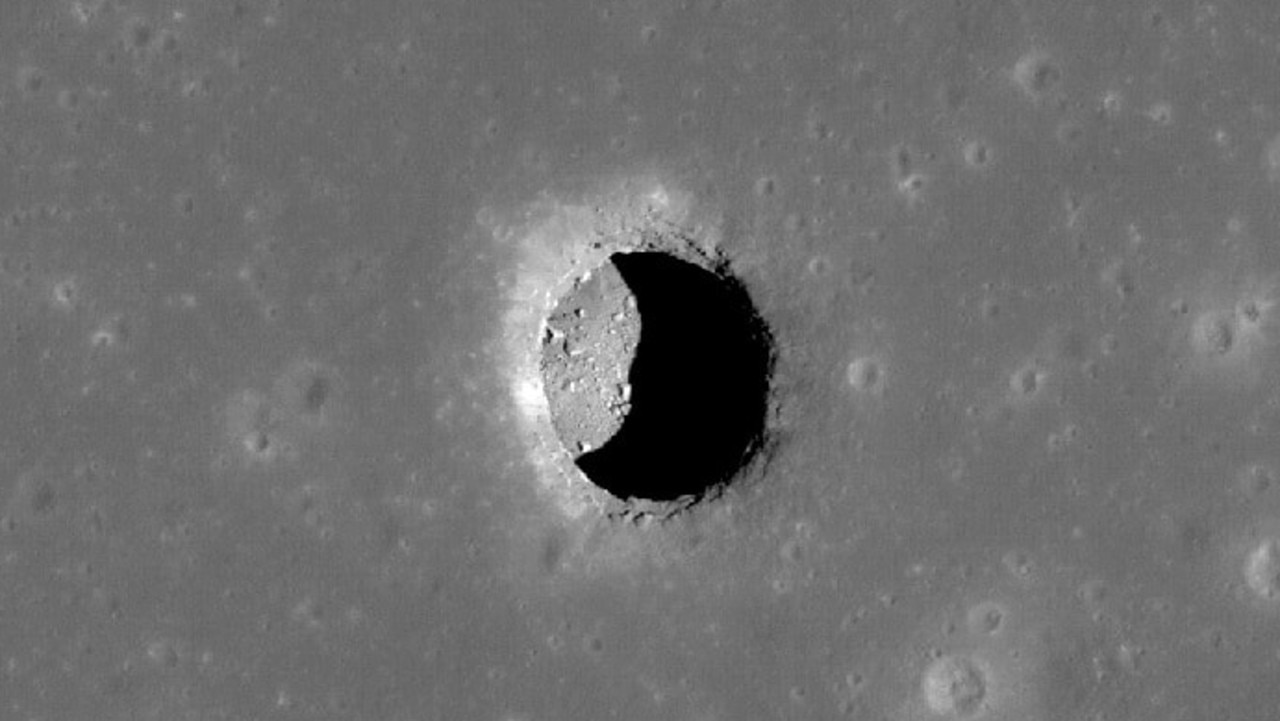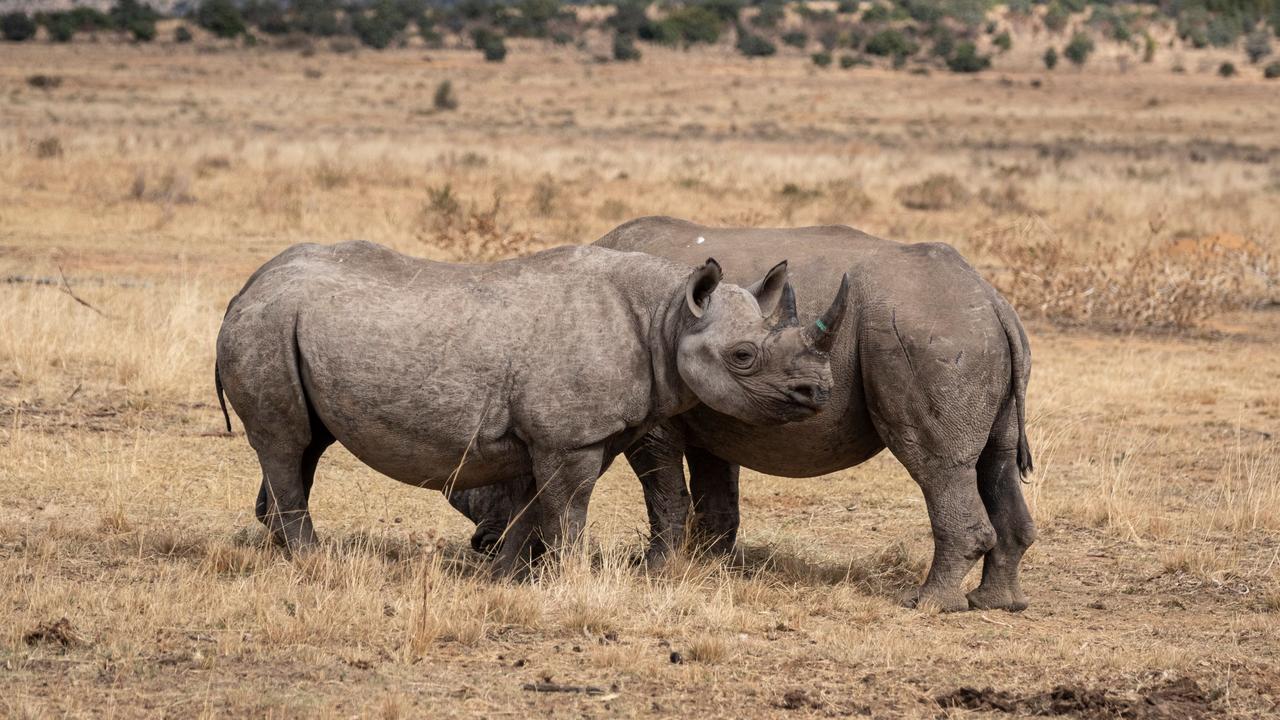Big lump on centrosaurus leg bone tells scientists that dinosaurs got cancer too
It’s tempting to think of dinosaurs as supernatural or mythical beasts but we now know for sure they were affected by many of the same diseases as humans and other animals, including cancer
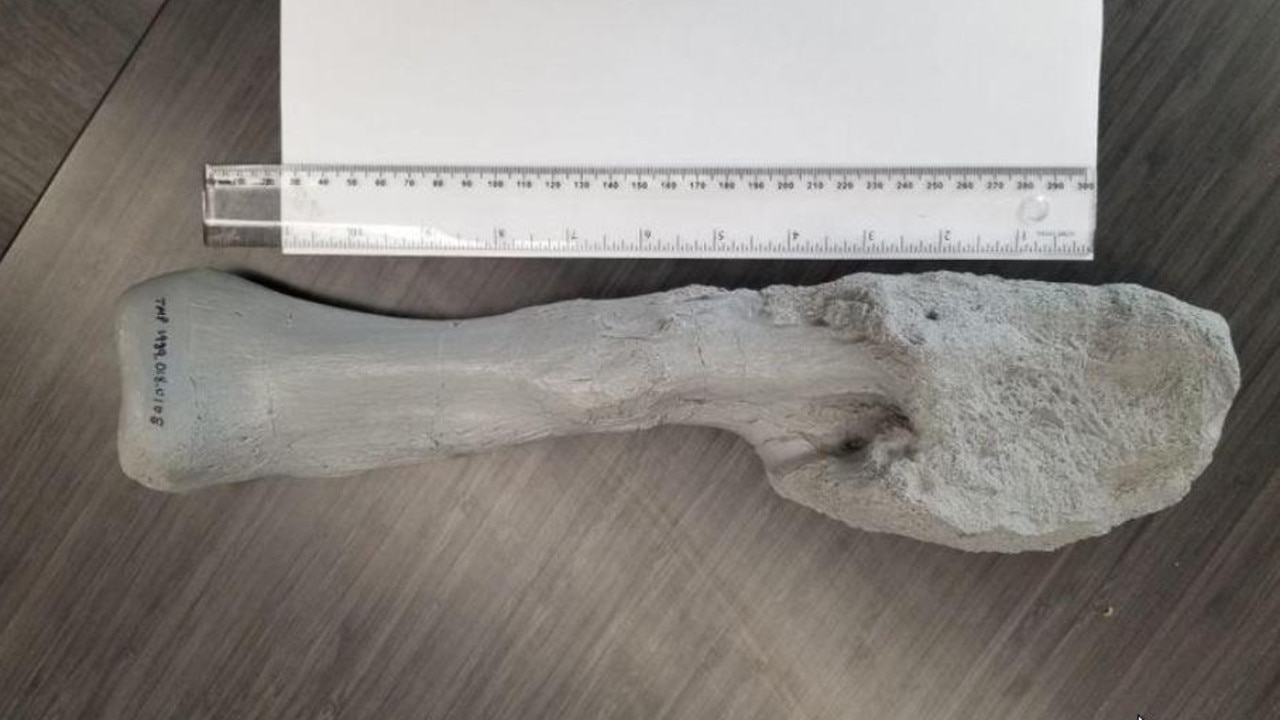
READING LEVEL: RED
We now know for sure that dinosaurs got cancer, too.
When scientists first unearthed fossils of a horned dinosaur called Centrosaurus in the Dinosaur Provincial Park in Canada’s Alberta province in 1989, they spotted a badly misshapen leg bone they thought was a healed break.
A fresh examination, researchers said this week, shows something different. The malformation* was a type of bone cancer — called an osteosarcoma — making this Centrosaurus, which lived 76 million years ago, the first known example of a dinosaur afflicted by malignant* cancer.
Centrosaurus was a four-legged, beaked, plant-eating Cretaceous Period dinosaur about 6m long, with a long horn above its nose, a bony frill above its neck and with two smaller hooked horns.
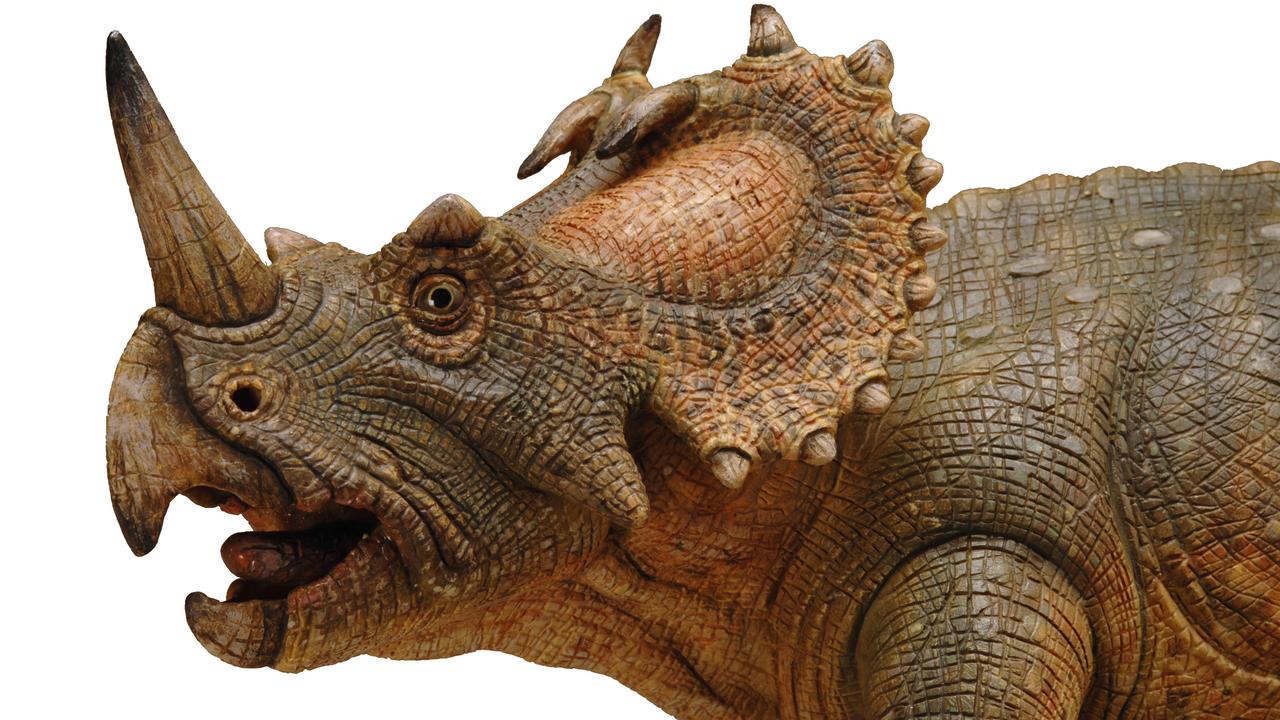
The Centrosaurus fibula, a lower leg bone, contained “a massive gnarly* tumour larger than an apple,” said palaeontologist* David Evans of the Royal Ontario Museum in Toronto, Canada, one of the researchers in the study published in the journal Lancet Oncology*.
“This particular Centrosaurus was likely weak and lamed* by the cancer prior to its death. This remarkable find shows that no matter how big or powerful some dinosaurs may seem, they were affected by many of the same diseases we see in humans and other animals today, including cancer. Dinosaurs seem like mythical beasts, but they were living, breathing animals that suffered through horrible injuries and diseases,” he said.
Because most tumours occur in soft tissue that does not often fossilise, there is very little evidence of cancer in the fossil record.
This find tells experts something very important about cancer.
“It is not something novel or new, but probably has occurred since time immemorial* and is an expected complication in all animals,” said study co-author Dr Mark Crowther, a professor at McMaster University in Ontario, Canada.
“Osteosarcoma generally occurs in rapidly growing bones and as such is found in children and young adults. Presumably dinosaurs were also at risk because of the fact that they grew at enormous rates,” Dr Crowther added.
The tumour destroys the bone and can spread to other tissues, Dr Crowther said.
In people, treatment consists of chemotherapy* and surgery.

The researchers confirmed it was a tumour using CT* scans and by looking at thin sections of it under the microscope.
“We were not only able to demonstrate that the bone tissue showed the hallmarks* of osteosarcoma, but that the tumour spiralled through the cortex* of bone, discounting its original identification of a healed fracture*,” Dr Evans said.
Cancer, however, may not have killed the Centrosaurus. Its body was found in a vast* bonebed containing the remains of hundreds of Centrosaurus individuals, suggesting they died as part of a herd caught in a flood, he said.
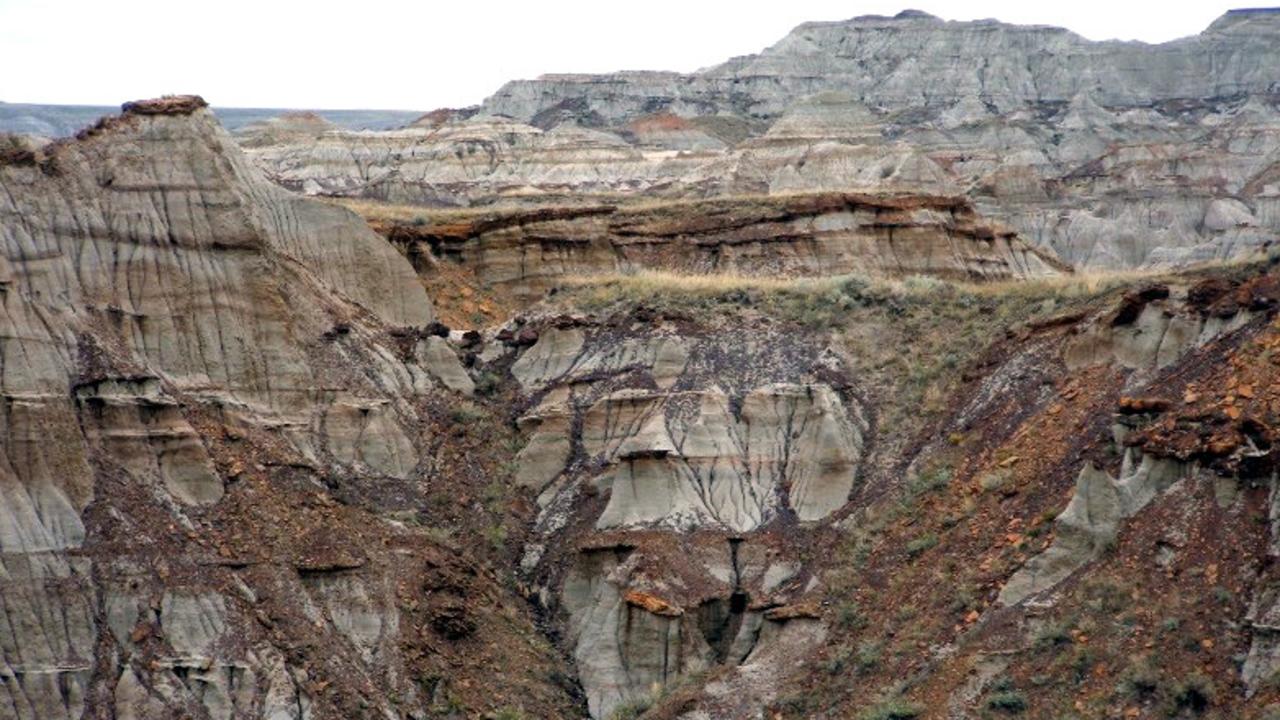
Its cancer may have reduced its mobility* to make it an inviting target for big predators like Gorgosaurus and Daspletosaurus. But living within a large herd, Dr Evans said, may have provided safety in numbers that enabled the Centrosaurus to avoid being caught by predators as the cancer progressed.
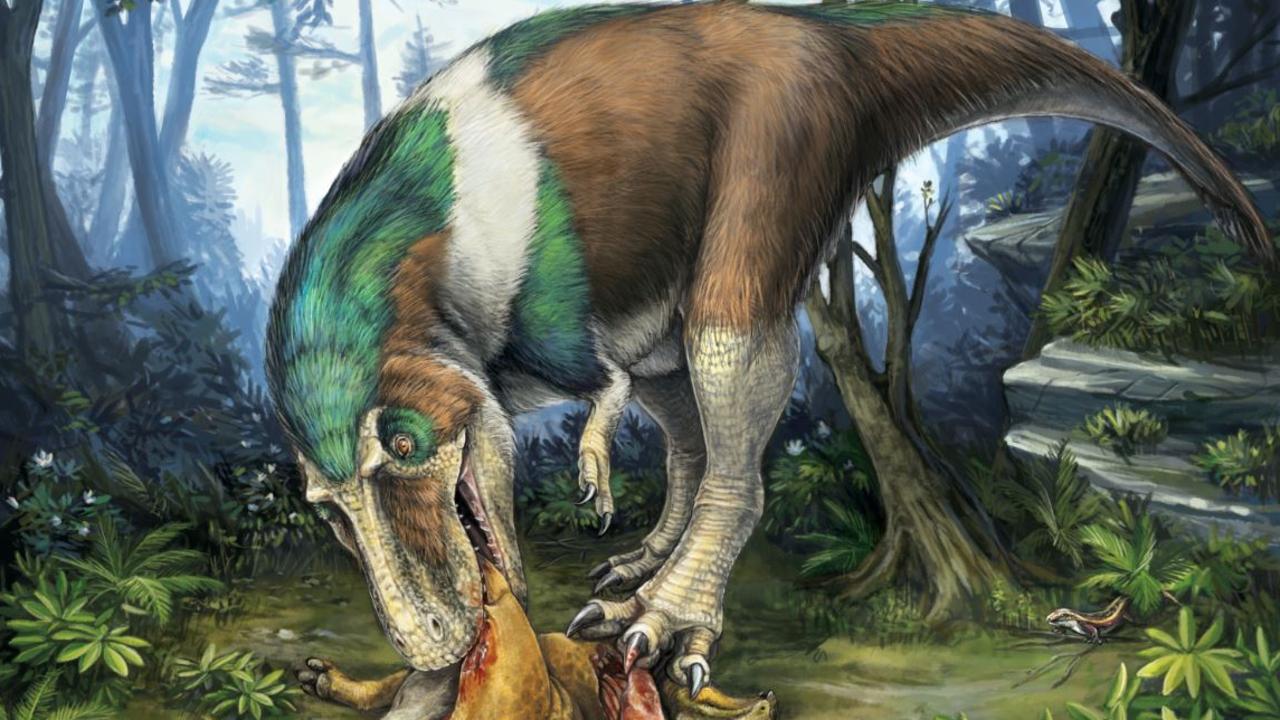
WHAT IS CANCER?
Cancer is a disease of the cells of animals. Cells are the building blocks of living things.
Cancer happens when abnormal cells grow in an uncontrolled way.
These abnormal cells can damage or invade the surrounding parts of the body, or spread to other parts of the body, causing further damage.
Sometimes cancer cells break off the primary tumour (a group or lump of cancer cells), enter the bloodstream or lymphatic* system, and travel to a new organ to form secondary tumours.
Source: canceraustralia.gov.au
GLOSSARY
- malformation: abnormality in shape
- malignant: invades other body parts and can return even after most of it is removed
- gnarly: bad, twisted, thick
- palaeontologist: fossil scientist
- oncology: study and treatment of cancer
- lamed: injured so it’s hard to walk
- immemorial: very old
- chemotherapy: cancer treatment using anti-cancer medicines
- CT: medical imaging that uses lots of X-rays taken from different angles
- hallmarks:
- cortex: hard outer layer of a bone
- fracture: break
- vast: over a large area
- mobility: ability to move around
- lymphatic: to do with glands
EXTRA READING
Scar found on fossil of feisty dinosaur with feathers
Time capsule of the day the dinosaurs died
Giant bones change 4-legged dinosaur theory
Giant, meat-eating dinosaur roamed Australia
QUICK QUIZ
- Where was the fossil found?
- Describe at least three features of Centrosaurus.
- How did the scientists confirm it was cancer in the bone fossil?
- What could have helped protect Centrosaurus from predators after it was sick?
- What is happening to cells when they are cancerous?
LISTEN TO THIS STORY
CLASSROOM ACTIVITIES
1. Thinking about facts
In this article we find two different types of information — facts that the scientists know are definitely true and inferences that the scientists believe to be true based on the evidence but cannot determine with 100 per cent certainty. Identify 3 examples of definite facts from the story and explain why scientists can know this for sure. Then identify three inferences and explain why scientists think this but cannot be certain.
Time: allow 30 minutes to complete this activity
Curriculum Links: English, Science
2. Extension
Find as many clue words or phrases in the article as you can that help us know whether particular information is fact or inference. (For example: “for sure”; “probably”; etc.)
Time: allow 15 minutes to complete this activity
Curriculum Links: English
VCOP ACTIVITY
Aside from this, there is also this!
Brackets are a great literacy tool for adding aside comments, or comments that could be covered over and the sentence still makes sense. What’s inside the brackets is extra information.
They can be used for a variety of effects: to add more detail, to add humour, to connect with the reader etc.
My little brother, (the funniest kid I know) got himself into big trouble today.
Select 3 sentences from the article to add an aside comment to using brackets. Think about not only what you want to add to the sentence, but also what effect you are trying to create.
HAVE YOUR SAY: What would you like to know about dinosaurs?
No one-word answers. Use full sentences to explain your thinking. No comments will be published until approved by editors.
